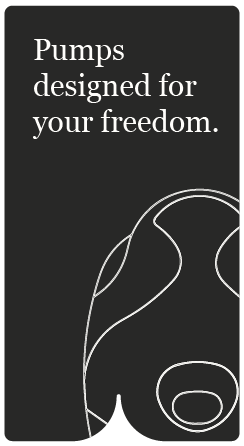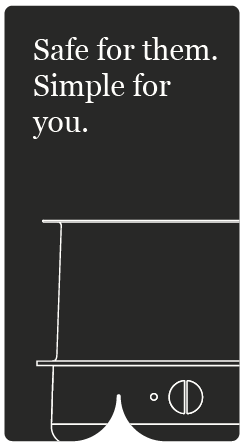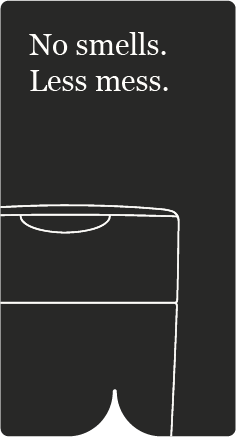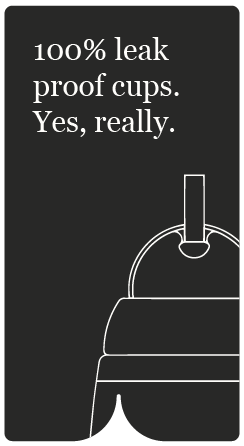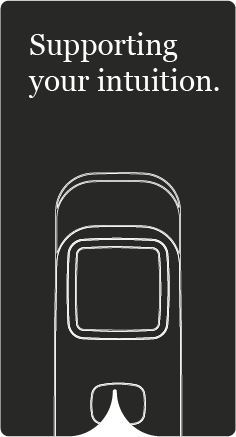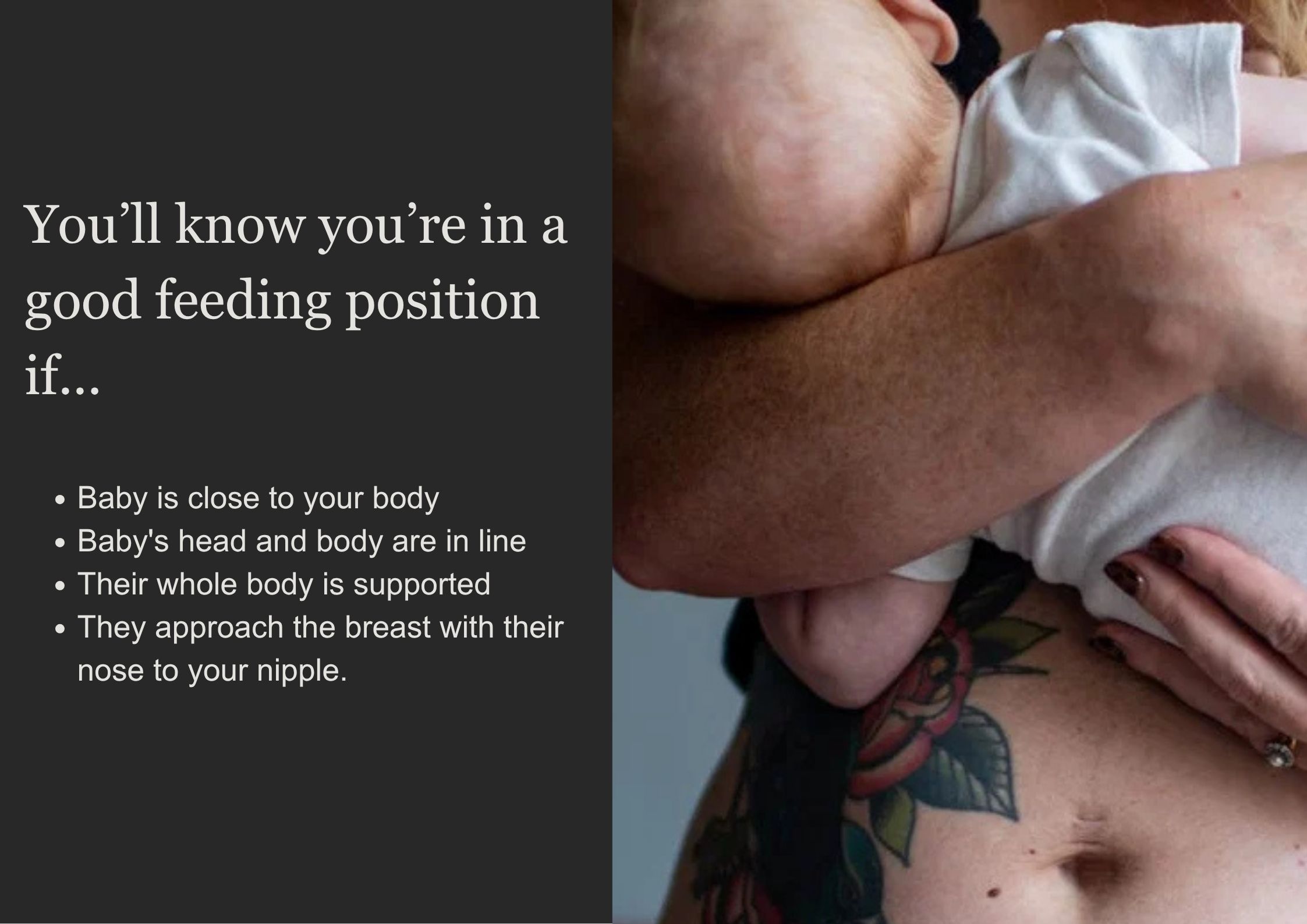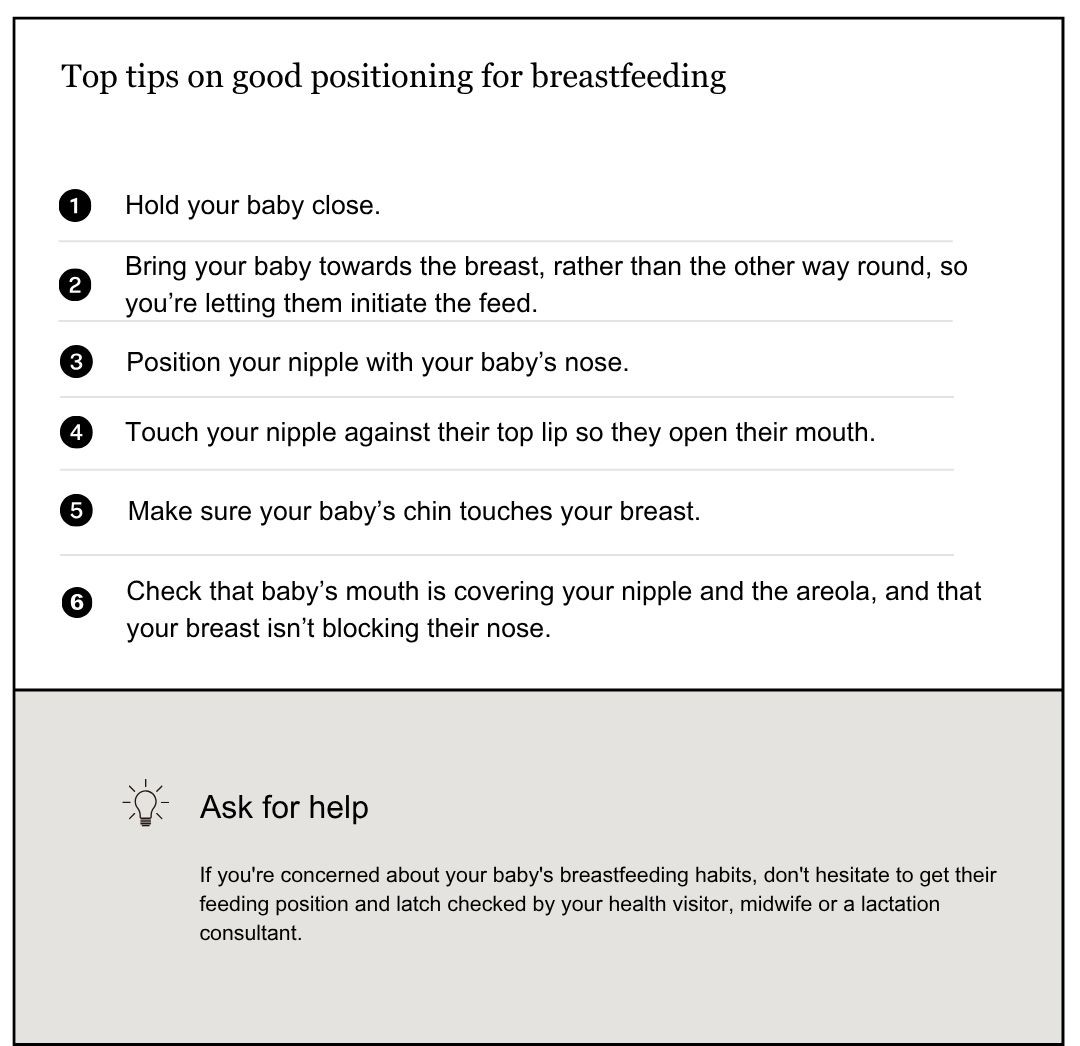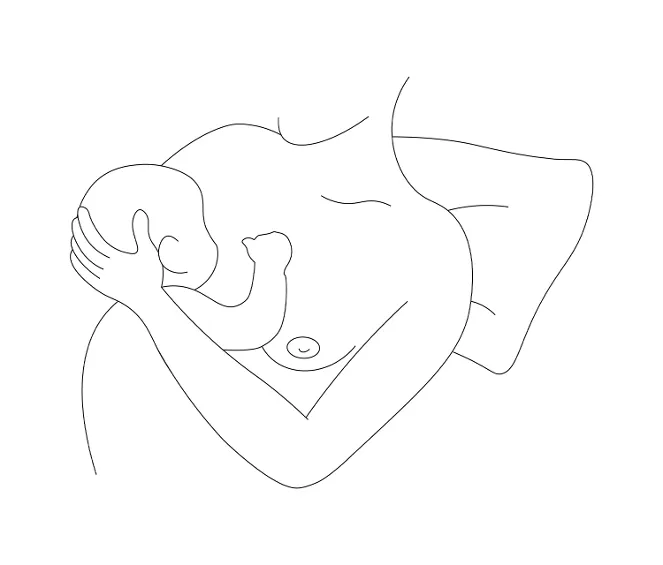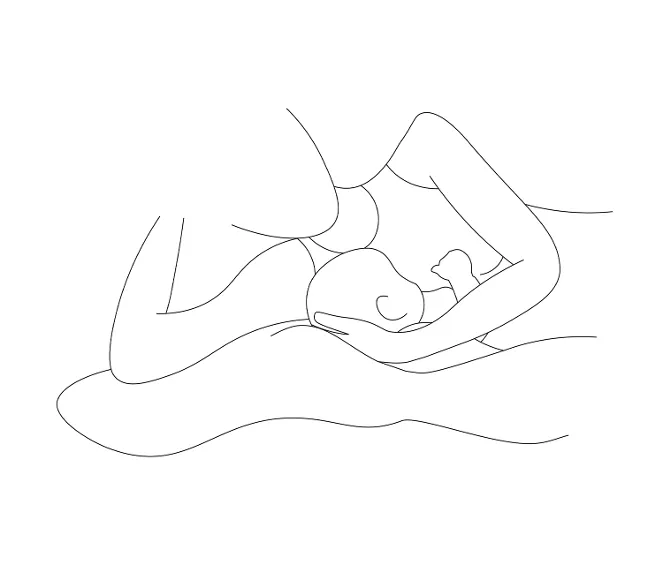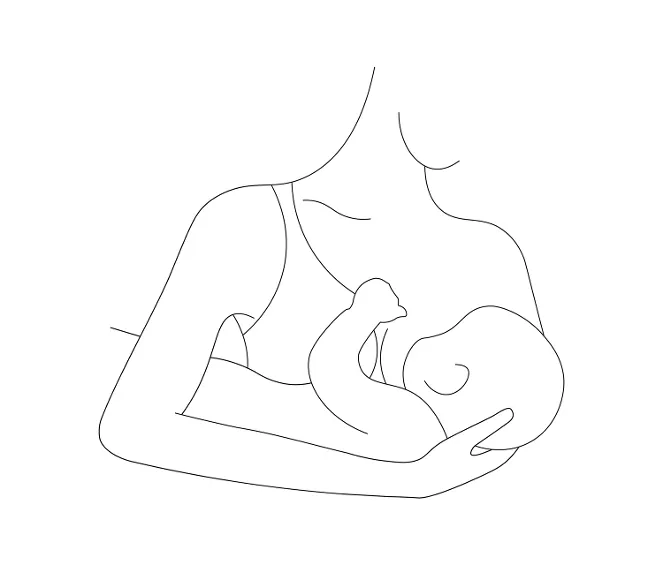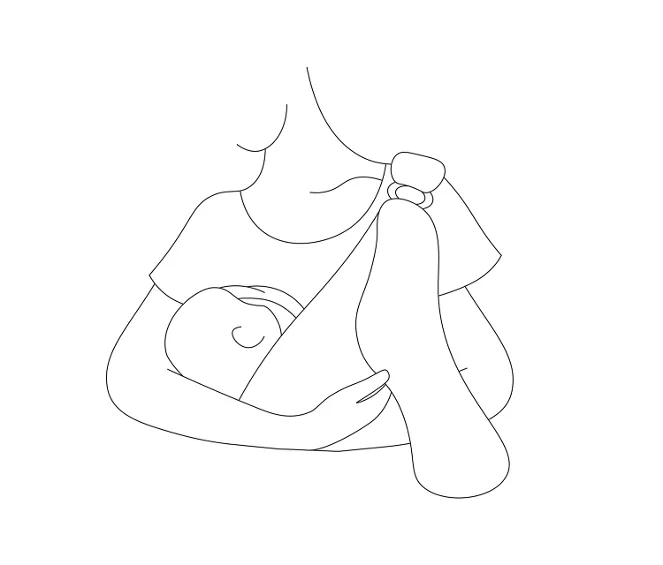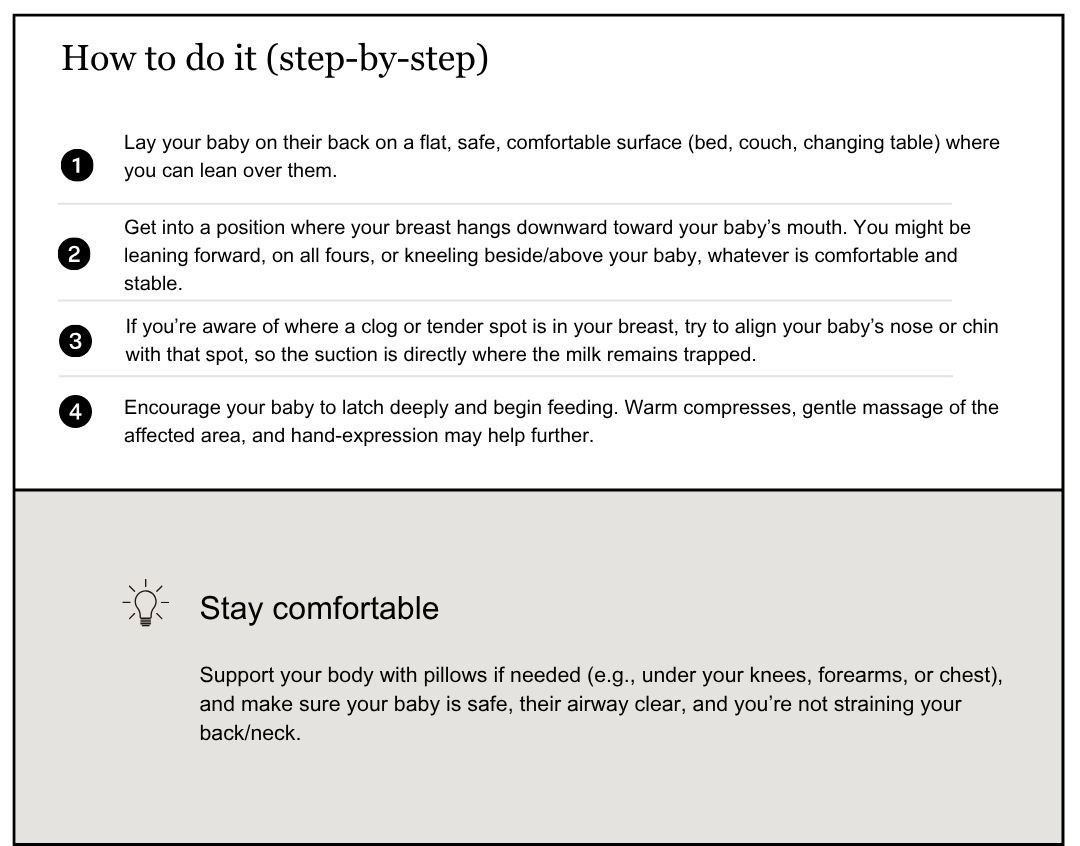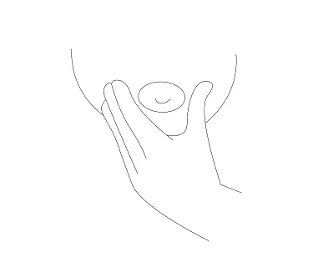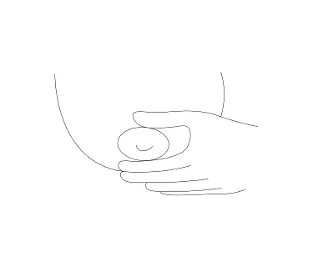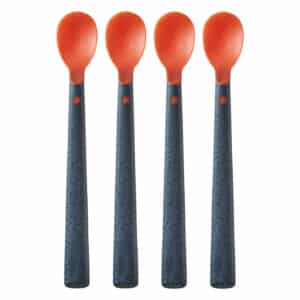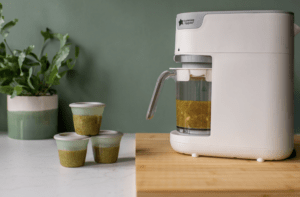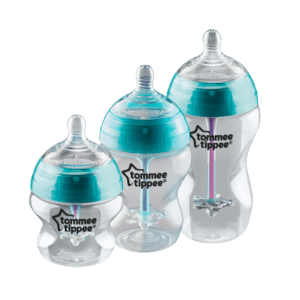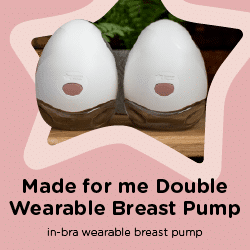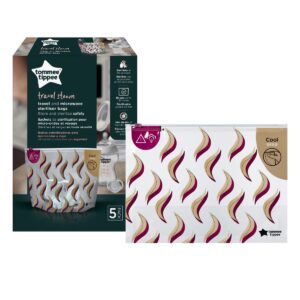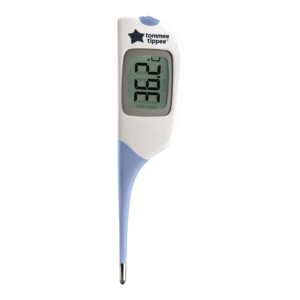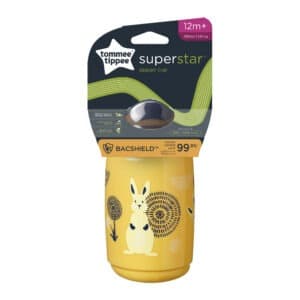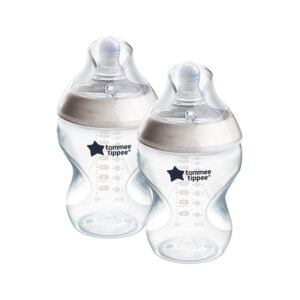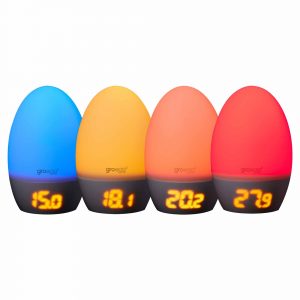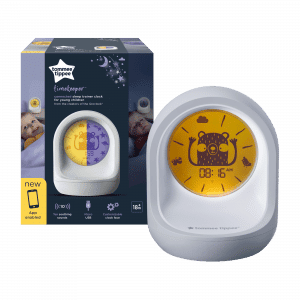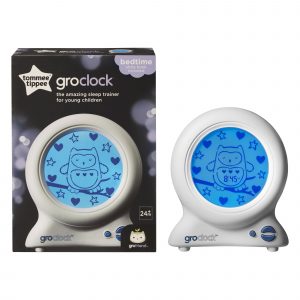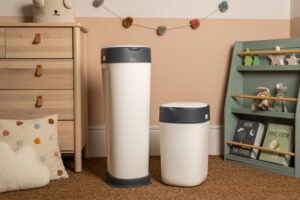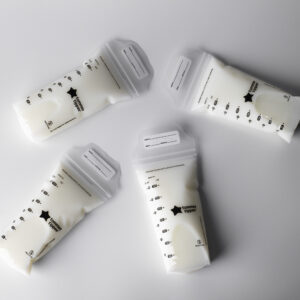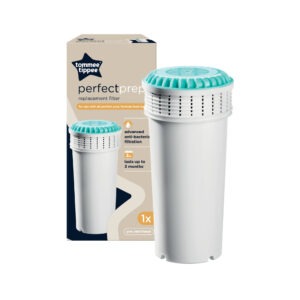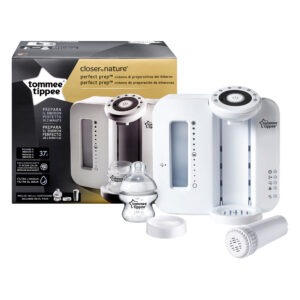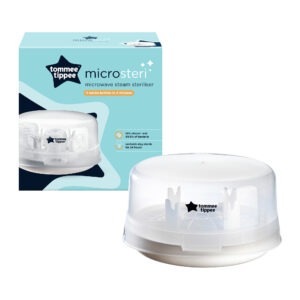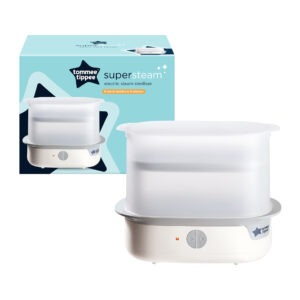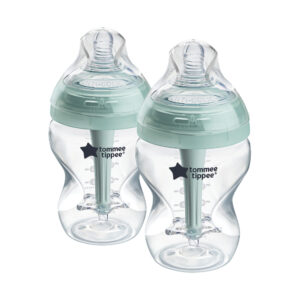Tommee Tipps
Let’s run through what latching on means, cover how to achieve a comfortable breastfeeding latch, and discover how you can encourage your baby to latch deeper.
Newborn & Baby
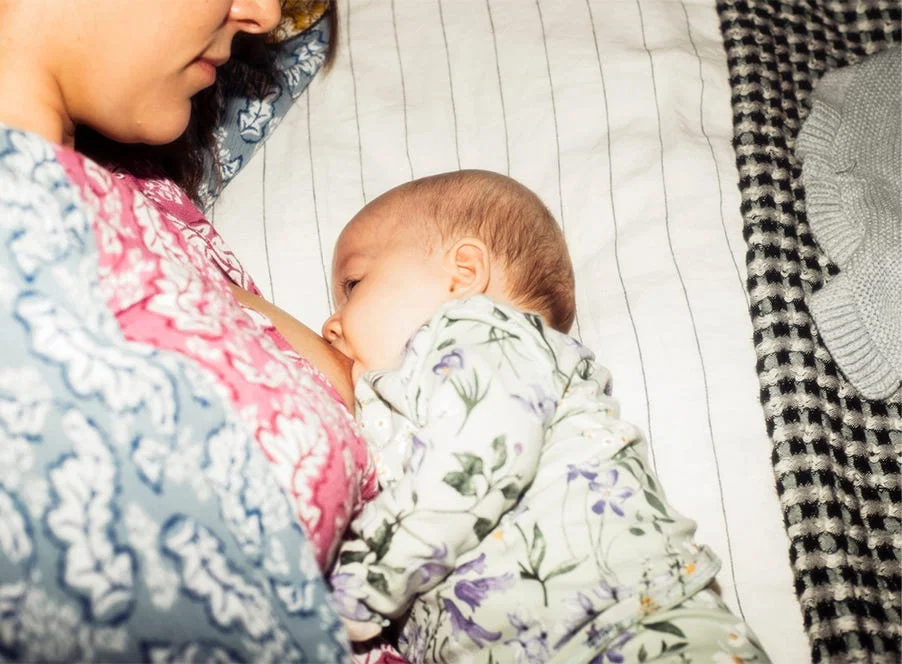
A guide to breastfeeding positions
A guide to breastfeeding positions

- There are several breastfeeding positions you can try with your baby like the rugby or cradle hold.
- Every breastfeeding parent and baby will have a position they prefer that will help them latch deeply and feed efficiently.
- The right breastfeeding position for you and your baby will reduce nipple soreness, help with milk flow and promote bonding.
- Try different breastfeeding positions until you find what works best for you and your baby.
Babies are born with a natural reflex to seek out their parent’s breast for feeding – but getting into the right breastfeeding position can take some getting used to.
Finding the best breastfeeding positions for you and your baby takes time, practice, and patience.
To help you figure out which breastfeeding position is best for you and your baby, let’s run through some of the most popular feeding positions. We’ll also cover some top breastfeeding do’s and don’ts.
Finding the best breastfeeding positions for you
Getting a baby to latch on properly is easier if they’re calm and displaying early feeding cues. These include sucking their fingers or fist, turning their head and opening their mouth, or making murmuring noises. If they’re restless, it can help to hold them, talk to them, walk around with them, or rock them gently before you start a feed.
There are lots of different breastfeeding positions, and the one that works best for you, and your baby will depend on what makes you both feel comfortable and relaxed. Usually, parents find they need to try a few different positions to discover which one works best for them. They may sometimes find that they need to adapt to laid-back positions as their baby gets older, grows bigger, and is heavier to hold.
Before you get started, try to relax, and keep everything you’ll need during the feed close by, including a big drink of water to keep you hydrated.
Poor breastfeeding positions
There aren’t necessarily bad breastfeeding positions, but some can lead to problems if your baby isn’t well supported or doesn’t have a good latch. The key is comfort, alignment, and effective milk transfer, for both of you.
A position may not be ideal if:
- Your baby’s head is twisted or tilted away from your breast instead of facing it.
- You’re leaning forward or hunching over your baby – this can cause back and shoulder pain and make latching harder.
- Your baby’s body isn’t fully turned towards you (for example, their tummy is facing upward or away).
- Their chin isn’t touching your breast, or they’re only latched on the nipple – which can cause soreness and inefficient feeding.
- You feel tension, strain, or discomfort during the feed.
If a position feels awkward or painful, it’s not the right fit. You can always readjust your baby’s body so they’re facing you or try a different position altogether.
The best breastfeeding positions
Breastfeeding lying down
Breastfeeding while lying down might be a good option for you if you’ve had a caesarean section, as it won’t put pressure on your stomach. Certain laid-back positions can also be suitable for breastfeeding during the night.
Laid-back breastfeeding
Also known as “biological nursing”, the laid-back breastfeeding position gives you and your baby snug comfort and support.
This position encourages your baby’s feeding instincts and can encourage a deeper latch. This can help avoid certain breastfeeding issues, like sore nipples.
Simply lean back on your bed or in a chair and support yourself with pillows in a semi-reclined position. This position encourages your baby to latch on naturally, and all you need to do is lie back and relax.
Your baby should be positioned with their tummy on your tummy (or to one side if that’s more comfortable), and you should be positioned upright enough to look into their eyes.
Side-lying
Breastfeeding lying down on your side is another popular position, particularly at nighttime.
You and your baby lie side by side facing each other. Rolling up a blanket and putting it behind your baby’s back will keep them from rolling away from you. Similarly, you can try using a pillow behind your back or between your knees for extra support. You can also cradle
Baby should be lying tummy to tummy – and you should check to ensure their ear, shoulder and hip are positioned in a straight line. Additionally, if you’re putting a pillow under your head, make sure that it’s not too close to your baby’s head and that they’re a safe distance away from any duvets or extra pillows on the bed.
Placing a folded towel or a thin pillow under your ribs can help lift and support your body and can be especially useful if you’ve got bigger breasts.
Upright breastfeeding positions
Upright breastfeeding positions can be a good option for when you’re out and about. They also offer more versatility as your baby gets bigger.
Cradle hold
The cradle-hold breastfeeding position is the classic position that probably springs to mind when you think about breastfeeding.
Sit upright and position your baby on their side, with their neck resting on your forearm and their body positioned against your stomach. Having a cushion behind you is recommended to avoid back strain.
If you decide to use a breastfeeding pillow on your lap, be sure it doesn’t position your baby higher than necessary to avoid them straining to latch. This position can often lead to baby’s head being forced into an angle while feeding. So, you should check that they’re in a straight line and not off to one side.
Sitting with your feet resting on a stool while breastfeeding in a cradle hold can help support your back. Putting your hand across baby’s shoulders rather than their head can also help to achieve a deeper latch.
It’s worth noting that this position may be uncomfortable if you’ve had a caesarean section.
Cross-cradle hold
The cross-cradle hold is like the cradle hold, except your arms switch roles so that your opposite forearm is supporting your baby’s body. This breastfeeding position is good for newborns, small babies, or babies with difficulties latching on to the nipple.
The aim is to support baby around their neck. But it’s best to avoid holding their head as this can push their chin into their chest.
Simply hold your baby using the arm that’s opposite to the breast you’re feeding from (making sure to support their neck and head). With your other hand, support your breast and cradle your baby close to it.
Rugby hold
The rugby breastfeeding hold (sometimes called the ‘clutch position’) can be achieved by cradling your baby in one arm – using your palm to support their neck – and nestling them closely against your side with their legs tucked underneath your arm.
This position is particularly comfortable for newborn babies. It helps them to handle your milk flow easier if you have a forceful letdown.
This breastfeeding position is also a good option for:
- Parents with twins, because you can feed both babies at the same time
- Those who have had a caesarean, as baby won’t put any pressure on your stomach
- Parents with smaller breasts
Because it’s guided and doesn’t allow the baby to use their feeding reflexes, parents often find that their baby quickly outgrows this position. It can also be difficult for parents to maintain as their baby gets bigger and heavier.
Straddle hold
The straddle hold – also known as upright breastfeeding or the koala hold – requires a baby to sit straddled on their parent’s thigh or hip, with their head upright as they breastfeed.
This position is suitable for babies of various ages (although younger babies will need plenty of head support). It’s also a comfortable choice for baby’s who have an ear infection, reflux, or a tongue tie.
Breastfeeding in a sling
Parents who’re out and about may find that breastfeeding while their baby is in a sling is very convenient and keeps their hands free.
Feeding while wearing a sling is best suited to older babies who can hold their head up independently. It can also be suitable for babies who want the comfort of being close to their parent’s body while feeding.
When feeding while wearing a sling, it’s important to make sure you can always see your baby’s face and that their chin isn’t pressed in against their chest.
The “dangle” or “angle of the dangle” position
What is it?
The “dangle feeding” position (sometimes called the “angle of the dangle”) is a breastfeeding hold where you position yourself above your baby so that gravity can help with milk flow.
This position may be particularly helpful if you have a plugged duct or slower breast milk flow.
By leaning over your baby (rather than the baby being in the usual upright or side positions), your breast milk can flow downward, and the baby’s suction is aligned with the portion of the breast where there may be a blockage.
Why the “angle of the dangle” matters
- Gravity helps: By having your breast hang down toward baby, gravity aids the drainage of milk from the ducts and may help clear blockages.
- Targeted suction: Aligning baby’s chin or nose with the problem area means their suction is more effective at breaking up a clogged duct or stimulating let-down in that segment of the breast.
- Useful tool: While it may not replace the regular positions you use for everyday feeding, the dangle position is a practical technique to have in your toolbox when things aren’t flowing as well as you’d like.
What to consider
- This is not usually a long‐term “go-to” position for every feed. It’s more of a strategic position when you’re experiencing specific issues (e.g., a blocked duct, slower flow, nipple discomfort).
- Do ensure you maintain safety: baby’s nose clear, stable surface, you’re supported. Avoid leaning so far you risk your comfort or the baby’s safety.
- If the clog or lump doesn’t improve after a few sessions, or if you develop fever, chills or spreading redness, you may be dealing with mastitis, and you should consider medical/lactation advice.
- Continue other supportive practices: frequent feedings or pumping, warm compresses, breast massage, ensuring you’re well hydrated and rested.
Different breast holding techniques to try when breastfeeding
Now that we’ve covered the different position that you and your baby can sit in while breastfeeding, let’s look at the different ways you can hold your breasts while they feed to encourage a good latch that’ll keep you both comfortable.
U-Hold
Just like the name suggests, hold your breast with your free hand in a U-shape.
This hold supports your breast and lets baby latch correctly. It’s commonly used with side-lying and laid-back breastfeeding positions.
Your breast should sit in the palm of your hand. With your thumb on one side of your nipple and your forefinger on the other.
Make sure that your fingers don’t get in the way when your baby is feeding.
C-Hold
Similar to the U-hold but turned to the side, this hold requires you to position your hand in the shape of the letter C.
To get into the C-hold, place your breast in the palm of your hand with your fingers on the bottom and your thumb on top.
This hold may make it easier to comfortable maneuver baby to your breast if you have larger breasts.
V-Hold
Also known as the scissor grasp, the V-hold is perfect for breastfeeding parents with smaller breasts or slightly inverted nipples. This hold means that baby can put more of the breast in their mouth to achieve a better latch.
Sandwich Hold
This hold is like the C and V-hold combined with a slight squeeze.
Place your breast in the palm of your hand with your index finger on the bottom and your thumb on top of your nipple. Then gently squeeze your nipple out to avoid your fingers being in the way of baby latching.
The best position is one that feels comfortable for you and allows your baby to latch deeply. It might take some experimenting before you find what works best.
Yes, absolutely. Switching sides or positions mid-feed can help prevent soreness and keep your baby alert and comfortable.
The rugby hold or side-lying position helps keep pressure off your incision while still allowing your baby to latch effectively.
Yes, using varied positions helps drain all parts of the breast and can prevent blocked ducts, supporting breast milk production.
Yes. As long as your baby’s nose is clear and you’re both supported, laid-back feeding is safe and can encourage instinctive feeding behaviour.
Certain breastfeeding positions can be bad for your baby and should be avoided, including:
- Having your baby’s head facing a different direction than their body – their head shouldn’t be turned
- Holding your baby’s body too far away from your breast.
If your baby isn’t positioned properly when they’re breastfeeding, your breast milk supply may not be stimulated properly, and your baby won’t get enough milk during the feed.
Incorrect positioning while breastfeeding can also lead to a poor latch, which can make your nipples painful.
Sources- Sonni-Ann
- Slide show: Breastfeeding positions - Mayo Clinic
- Different Breastfeeding positions | Medela
- Breasfeeding positions: Which are best for you? | Baby & toddler, Feeding articles & Support
- How to help your baby attach and breastfeed | Baby & toddler feeding articles & support
- Breastfeeding positions | Feeding your baby | Start for life
- Common Breastfeeding pisitions | UNICEF Parenting
- Breastfeeding positions and tips for mom and baby
- Biological Nurturing or laid back breastfeeding - La Leche League International
- Sonni-Ann
- Slide show: Breastfeeding positions - Mayo Clinic
- Different Breastfeeding positions | Medela
- Breasfeeding positions: Which are best for you? | Baby & toddler, Feeding articles & Support
- How to help your baby attach and breastfeed | Baby & toddler feeding articles & support
- Breastfeeding positions | Feeding your baby | Start for life
- Common Breastfeeding pisitions | UNICEF Parenting
- Breastfeeding positions and tips for mom and baby
- Biological Nurturing or laid back breastfeeding - La Leche League International


